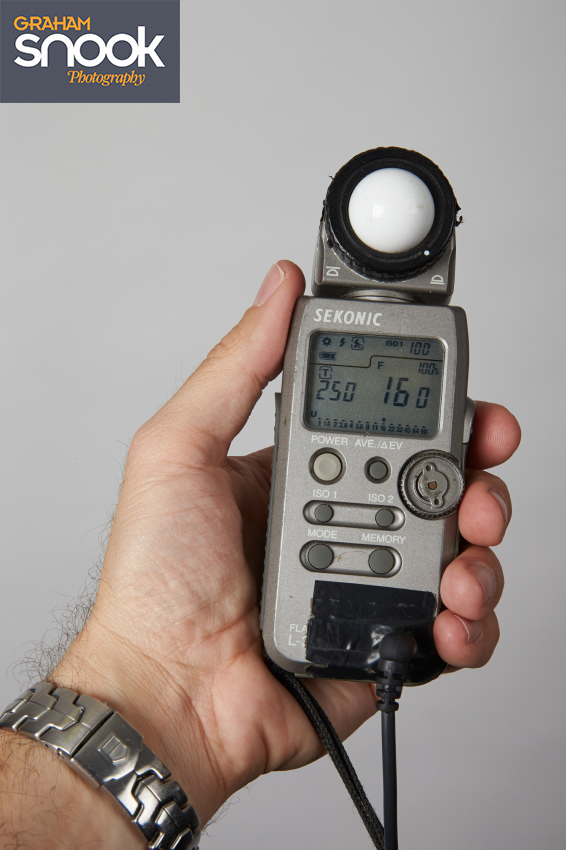Tuesday tip time, today it’s about exposure. Exposing a photograph correctly isn’t a magic trick, it’s just a simple combination of aperture size and time. Let’s start at the beginning. As an example, think of a glass of water. Let’s turn it upside down, hopefully over a sink, and all the water will fall out in a very short amount of time. Now refill the glass with the same amount of water and then suck it out with a straw. It takes longer for the same water to come out of the glass. So the same amount of water takes different times to go through different-sized holes. So if we think of the “water” as the amount of light to needed to make a correct exposure, you’ll hopefully see the relationship between time and the size of the hole.
The hole in the lens is known as the aperture, or iris (like the coloured part of your eye), and the size of the hole is measured in F numbers: f1, f1.4, f2, f2.8, f4, f5.6, f8, f11, f16, f32, f64. The actual number isn’t important at the moment, just remember that the numbers relate to the size of the hole and they are all proportional to each other. The next f number up, in numerical value, halves the size of the hole and needs double the amount of time for the same amount of light to pass through. The next number down, in numerical value, doubles the size of the hole, so needs half the amount of time.
With a correct Exposure Value (EV) of 1 second at f8, we know if we change the aperture value (Av) up to f11 we’ll now need twice the amount of time (2 seconds) and if we go down an f-number to f5.6 we need half the amount of time, ½ second. I know, it’s confusing: the bigger the number, the smaller the hole. The smaller the number, the bigger the hole. Going down in numerical value is known as opening up, and going up in numerical value is known as stopping down. I didn’t make these things up, so please don’t blame me.
So now we know what the exposure is, but how do we get it right? The most reliable way of getting the correct exposure is with a light meter. The light meter doesn’t try to be clever, it doesn’t have 16+ sectors metering, like the modern digital cameras. It’s simple, it measures the amount of light falling on it. And, unless your subject is emitting light, if you place the meter at your subject, it measures the amount of light falling on the subject. That’s all you need to know to get the correct exposure: the amount of light falling on it. It doesn’t matter what lens you’re using (as long as you’re not using extension tubes or teleconverters), what colour you’re photographing, or what colour your light source is.
As clever as modern cameras are, they still work on roughly the same principle: that what you’re pointing them at has an average tone of grey with an 18% reflectance – reflecting 18% of the light falling on it. Even if you’re not pointing your camera at a grey card (a piece of grey card of 18% reflectance) it generally it works well. But take a scene that is predominately bright white (like a white GRP yacht in the midday sun, or a skier on the piste) and the metering will try to make it look grey. The opposite is also true, take a scene that is very dark in colour, like the sea on a sunny day, and again the camera will choose the exposure to make it look grey, so now it’s overexposing.
I come from a background of using film, where it wasn’t possible to check the exposure with a screen on the back of the camera, and the exposure latitude (the tolerance of the film to capture an incorrect exposure) was very small. So I quickly learned how to get the correct exposure.
Digital cameras seem to be taking the skills needed to get a correct exposure away from the users that let them. Not only can cameras capture an image and the user can check the exposure there and then, but also using software and shooting RAW it’s possible to correct wildly wrong exposures at a later stage, so there is little incentive for the lazy user to get it right the first time.
People are quick to blame the camera for exposing images incorrectly, but the camera doesn’t have a brain, it doesn’t know what the user is photographing. It’s times like this, when the user needs to see potential problem subjects, that the user needs to step in before the camera does what it’s been programmed to. The camera is making it easy for users to become reliant on it because it is so good. If the user is to become a photographer they need to know what the camera should be doing, so when it’s confused, they can take over.
